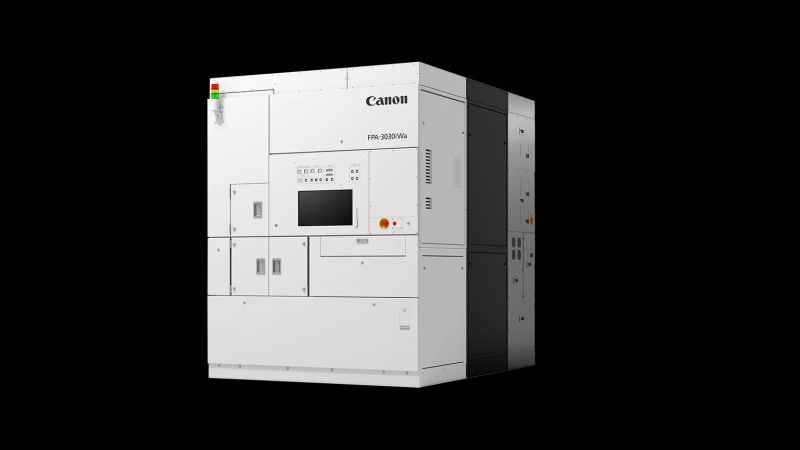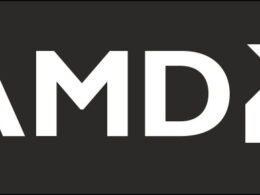Canon’s Nanoprint Technology Promises Reduced Cost for 5nm Chips
Japanese tech giant Canon announced early in November that its newly developed nanoprint technology could reduce the cost of producing 5nm chips by ten times compared to ASML’s counterparts. The company also started deliveries of their innovative equipment this year and plans to adopt 2nm technology in the future using the same approach.
Unlike traditional photolithography, which involves imprinting silicon substrates with the outline of the future chip using image projection through a photomask followed by etching of unprotected crystal portions, Canon’s nanoprint technology directly imprints the chip design on silicon. Company officials assert that this technology is ready for mass production, with equipment deliveries to customers already underway.
Initial Uses and Market Impact
Experts believe that Canon’s cost-effective technology, providing up to a ten-fold savings on equipment and a 90% reduction in energy consumption compared to traditional photolithography, will initially be used mainly in the production of 3D NAND memory chips due to their simple structure. Although Canon’s technology is not expected to replace EUV lithography at industrial scale, the two approaches are predicted to coexist.
Amid a year-long backlog in the photolithographic equipment market, Canon’s chip production technology garners considerable attention. Company representatives claim that the defect rate of their product is acceptable, while external experts argue that it should not exceed 10% to remain commercially viable. The company aims to eventually use their technology to print 2nm chips and asserts that integration of their equipment into modern technological processes will not significantly affect existing infrastructure, although some additional equipment replacement will be necessary.
Prospective Chinese Purchasers and Jurisdictional Complications
Notably, the question of its purchase by Chinese clients raises a complex situation for Canon. On one hand, Canon’s technology doesn’t rely on American components or technology, thereby avoiding any U.S. authorities’ control over its export terms. On the other hand, Japan has its own export restrictions regarding China, which are broader than the American ones, making the overall situation too uncertain for predicting the prospects of Canon’s offerings in the Chinese market.





